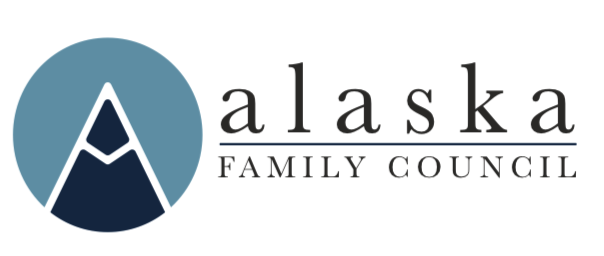|
“They poured out innocent blood, the blood of their sons and daughters, whom they sacrificed to the idols of Canaan, and the land was polluted with blood.”Psalm 106:38
The United States Food and Drug Administration (FDA) announced earlier this week that it is removing its requirement for mifepristone to be administered in the presence of a certified health care provider (HCP). Mifepristone, which is the first of two drugs used in the RU-486 chemical abortion regimen, can now be dispensed directly by certified pharmacies. This change will significantly increase the availability of chemical abortion drugs and put women at increased risk of complications related to at-home abortions. How Mifepristone Works Mifepristone is typically administered up to ten weeks gestation and blocks progesterone from the mother, depriving the baby of the nutrients it needs to grow and survive. This effectively starves the baby to death. The second drug, misoprostol, is taken up to 48 hours later and causes the uterus to contract in order to expel the dead baby. FDA Requirements While mifepristone is advertised as safe and effective, it is not without serious possible side effects. Even the mild side effects include abdominal pain, fever, anemia, and vomiting, and the more severe side effects can lead to death. The drug is listed with an important warning outlining the potential for life-threatening bleeding and infections, emphasizing the risks involved with taking this drug. Because of the severity of these side-effects, the FDA includes it in the Risk Evaluation and Mitigation Strategies (REMS) program. The requirements of this program vary depending on the drug, but generally include safeguards that help ensure that patients take the proper dosage and are fully aware of the risks and the symptoms that require immediate medical attention. Under these requirements, mifepristone could previously only be dispensed in certain health care settings by a HCP who was certified under the Mifepristone REMS Program. The idea to drop this requirement was introduced in 2021, after the requirement was temporarily suspended due to COVID-19. The FDA made the change official this week. As a result, pharmacies are now able to dispense mifepristone with a prescription, allowing women to take the drug outside of the supervision of a medical professional. In addition to increasing the accessibility of abortions, this also leaves women more vulnerable. This abortion regimen can be devastating to a woman’s health, especially if she is not fully aware of what to look for in the side-effects. Many women have also testified about the traumatic mental and emotional effects of essentially delivering a dead baby at home. In AlaskaIn Alaska, although pharmacists are not currently protected against having to participate in administering the abortion cocktail, only physicians can “perform” abortions and they must be licensed in the state. Although this is a somewhat gray area legally, some states, such as North Carolina, require mifepristone to be administered in-person by a physician, which is even more protective than the former REMS requirement of a certified Health Care Professional. Alaska Family Action will be working with the Dunleavy Administration, allied legislators and legal experts in-state and nationally to determine how this recent FDA decision impacts our ability to protect unborn Alaskans and women in the Great Land.
|



